CONSERVATION
International Conservation
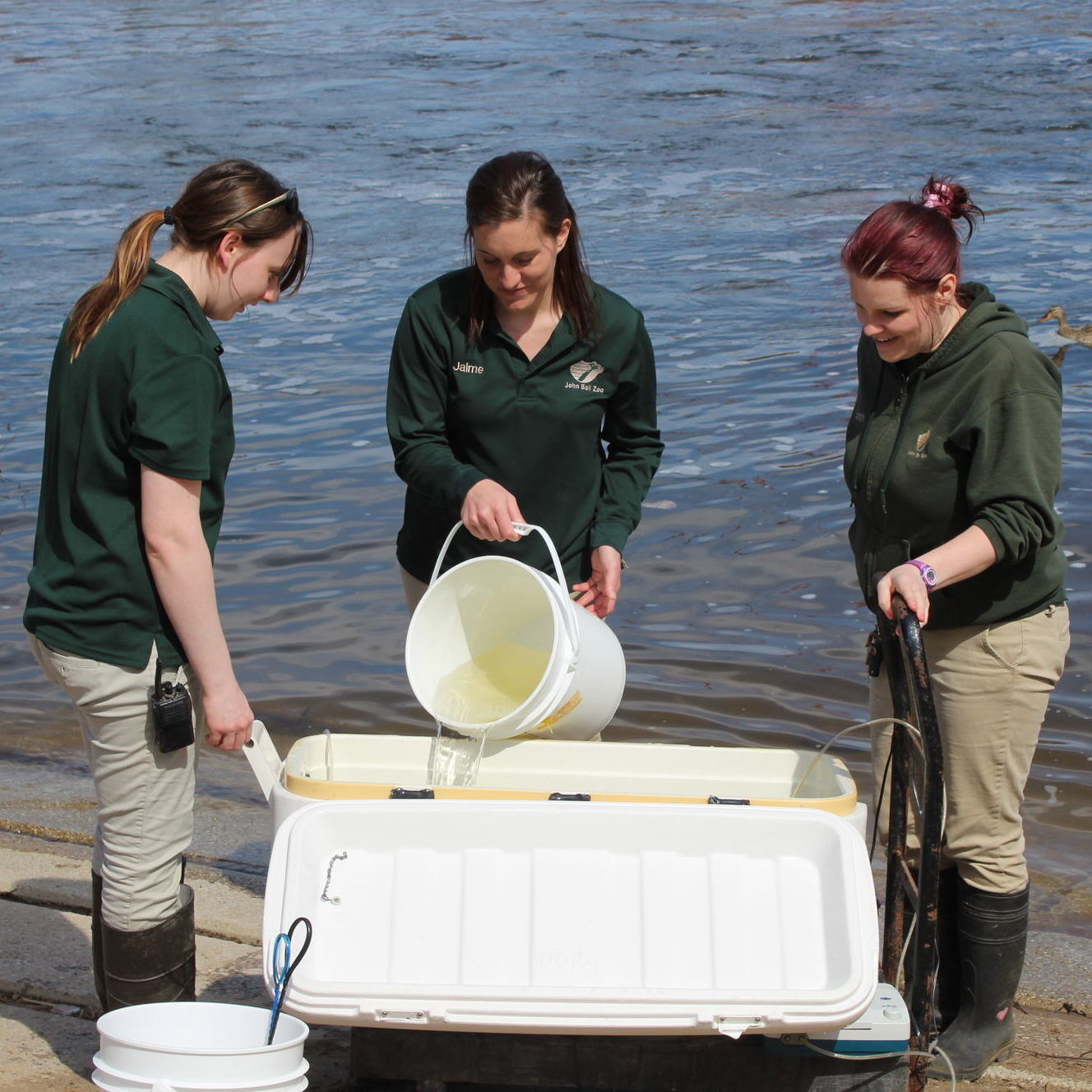
CONSERVATION
John Ball Zoo - Conserving wildlife and wild places in more than 30 countries
Since 1985, thanks to the support from John Boyles and Dick Faber, John Ball Zoo has been supporting conservation efforts across the globe to help save animals from extinction. We have supported programs through annual grants and are now moving toward long-term strategic partnerships that align with our conservation strategy. These programs are funded by the generous support of our Animals! Animals! sponsors, donors, and guests that visit and support the Zoo each and every day.
Sponsor an animal today! Our Animals! Animals! Sponsorship Program supports conservation here in West Michigan and around the world.
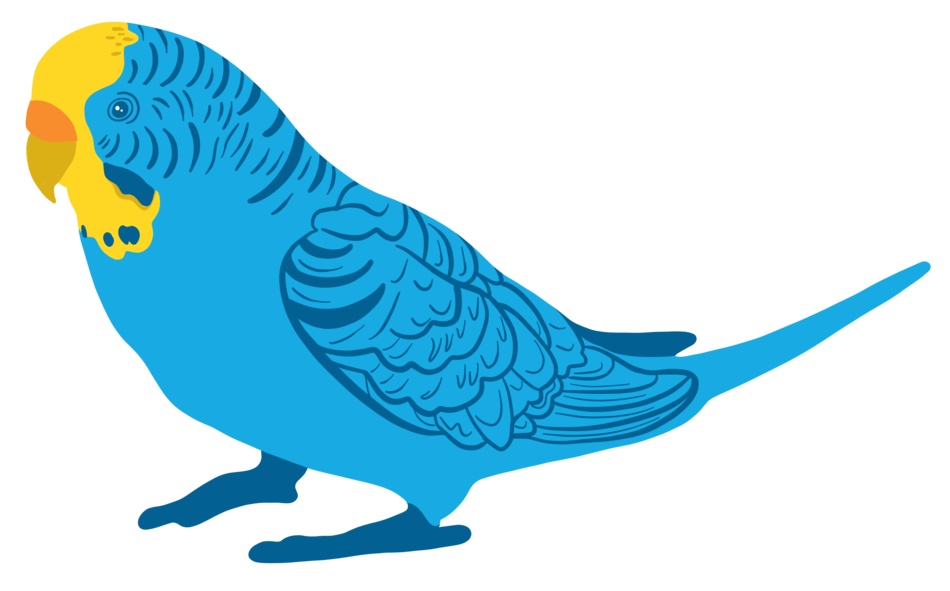
CONSERVATION
Projects We Support
Conservation education is at the core of John Ball Zooâs mission and we strive to provide opportunities for our guests and partners to grow their knowledge, appreciation, and support of wildlife conservation.

AZA Saving Animals from Extinction (SAFE)
Region: United States
Saving Animals From Extinction focuses the collective expertise within AZA-accredited zoos and aquariums and leverages their massive audiences to save species. SAFE is a framework that protects threatened animals, builds on established recovery plans and history of commitment, prioritizes collaboration among AZA member institutions, and implements strategic conservation and stakeholder engagement activities. John Ball Zoo is a Founderâs Circle supporter of the AZA SAFE program. To learn more, visit aza.org/aza-safe

Tiger Conservation Campaign
Region: Russia
Accredited zoos across North America are mobilizing to raise awareness about wild tigers and funding for their survival. The Tiger Conservation Campaign is coordinated by the Association of Zoos and Aquariumsâ Tiger Species Survival Plan. The Tiger SSPâs Tiger Conservation Campaign supports projects that directly address threats to wild tigers. John Ball Zooâs support focuses on Amur Tiger conservation projects. Amur tigers are the largest cats in the world. Sadly, they are also one of the most endangered. Amur tigers are native to the forests of the Russian Far East and northeast China. Only around 500 wild Amur tigers remain, almost all in the Russian Far East. The number one threat to their survival is poaching of tigers and their prey. Habitat loss and infectious diseases also threaten the Amur tiger.Â
In national parks and wildlife reserves in the Russian Far East, our Campaign supports the Wildlife Conservation Societyâs efforts to curb poaching. At the heart of these efforts is a strategy that holds anti-poaching teams accountable for their work, provides incentives to those that do a good job and empowers wildlife managers with information to improve patrolling. Through our support of the Tiger Conservation Campaign, we are helping rangers and project staff who dedicate their lives to protecting tigers.
In unprotected areas of the Russian Far East, the Campaign also supports efforts to work with logging companies to close unneeded forest roads, to prevent poachers from accessing important areas used by Amur tigers. The number and extent of roads in Amur tiger habitat have exploded in recent decades.Â
Learn more at support.mnzoo.org/tigercampaign
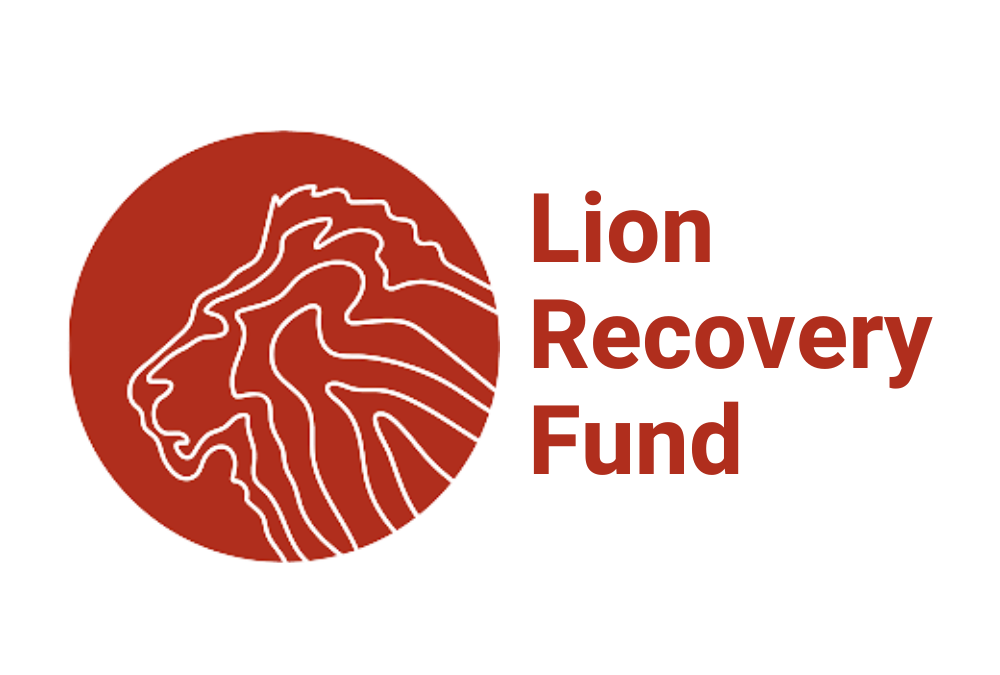
Lion Recovery Fund
Region: africa
The Lion Recovery Fundâs goal is to double the number of lions by 2050 through deeper and broader actions by the conservation and philanthropic community alike. The Lion Recovery Fund is managed by the Wild Conservation Network.
The fund targets protected landscapesâcore protected areas and the communal areas within, around and connecting themâso that they are resourced and managed to help lions, their habitats and prey, and people thrive.Â
The LRF supports creative, innovative campaigns that abate threats to wildlife and build the public, political, and philanthropic will to protect lions. Campaigns supported by the LRF are designed to build pride and support for lion conservation in Africa and to raise awareness in the West about the crisis facing lions.
Learn more at lionrecoveryfund.org
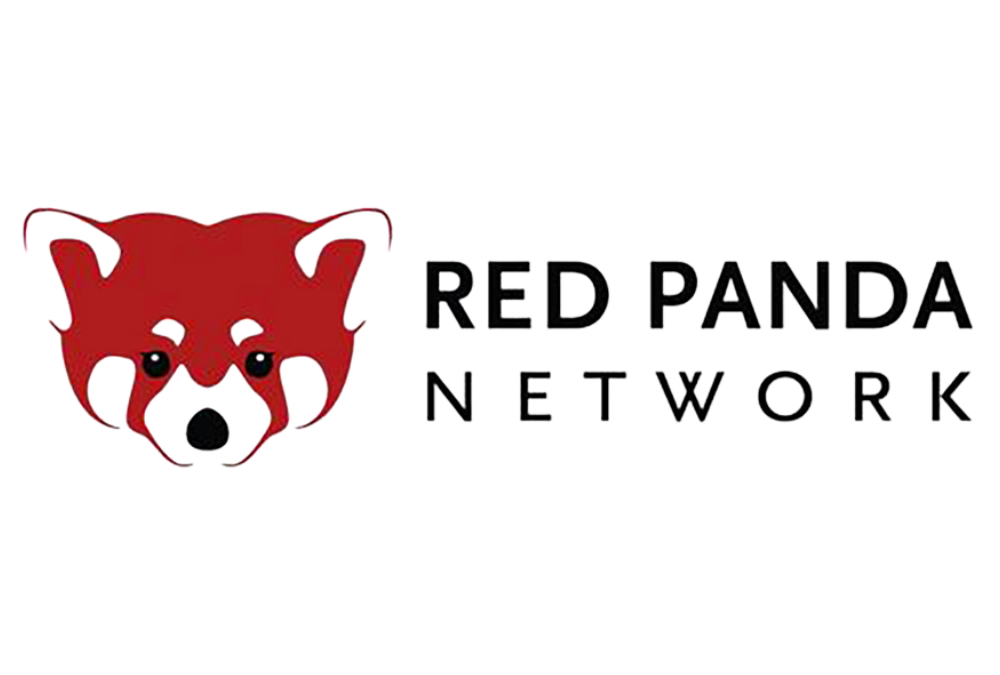
Red Panda Network
Region: asia
The global red panda population has declined by 50% over the last 20 years. There may be as few as 2,500 remaining in the wild. Founded by Brian Williams in 2007, Red Panda Network has become a world leader in efforts to protect red pandas and their habitat. They use an integrated, landscape-level approach to conservation that is built on the support and participation of local communities.Â
Red Panda Network (RPN) is the worldâs first nonprofit organization dedicated to protecting red pandas. We work with local communities in Nepal to serve as active partners in the conservation of wild red pandas and their habitat.Â
John Ball Zoo sponsors RPN forest guardians every year. RPN works closely with local communities to develop conservation programs that help support their economic well-being and preserve the environment. The Forest Guardian program is the centerpiece of their efforts. Forest Guardians work with their communities to monitor and protect red panda habitats and educate their communities.Â
Learn more at redpandanetwork.org
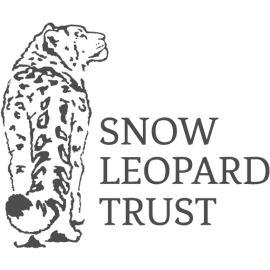
Snow Leopard Trust
Region: asia
The Snow Leopard Trust works in 5 key countries to protect the endangered Snow Leopard through community-based conservation projects. These projects are based on an improved scientific understanding of snow leopard behavior, needs, habitats, and threats.Â
Through partnerships with individuals and groups from around the world, the Snow Leopard Trust works to protect these wild cats by spreading awareness and raising the vital resources needed to protect these cats in the wild.
Learn more at snowleopard.org
